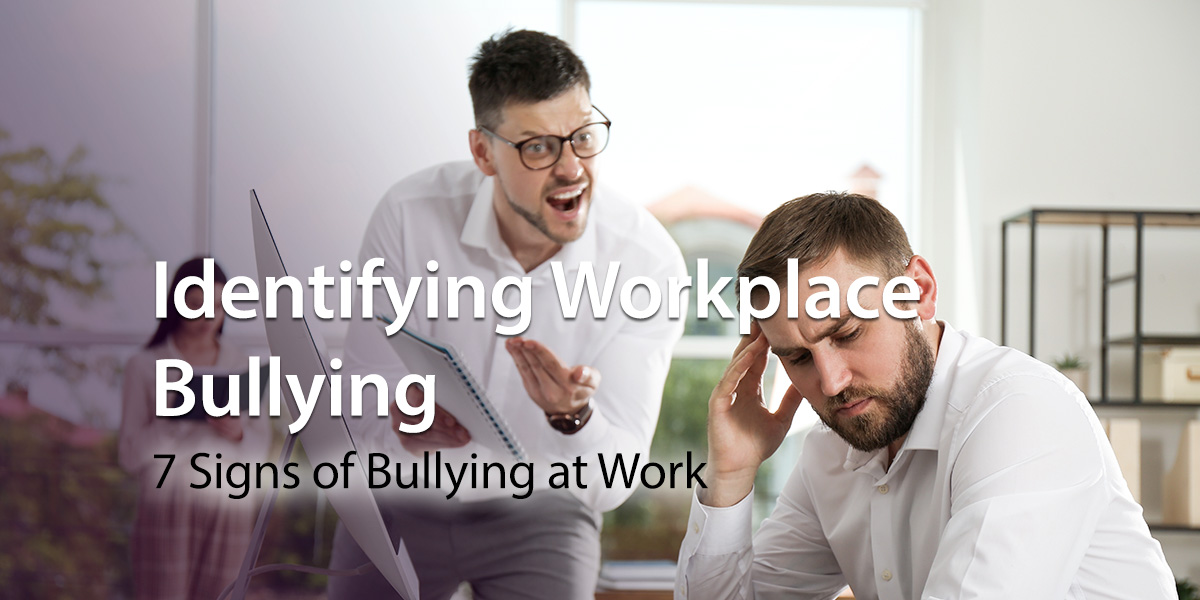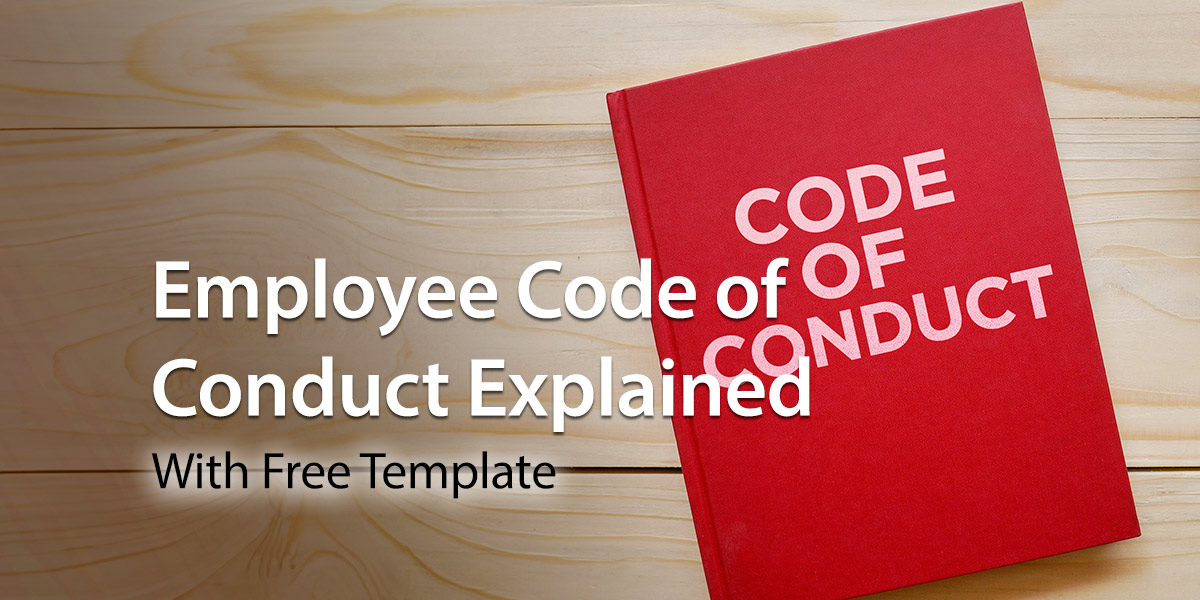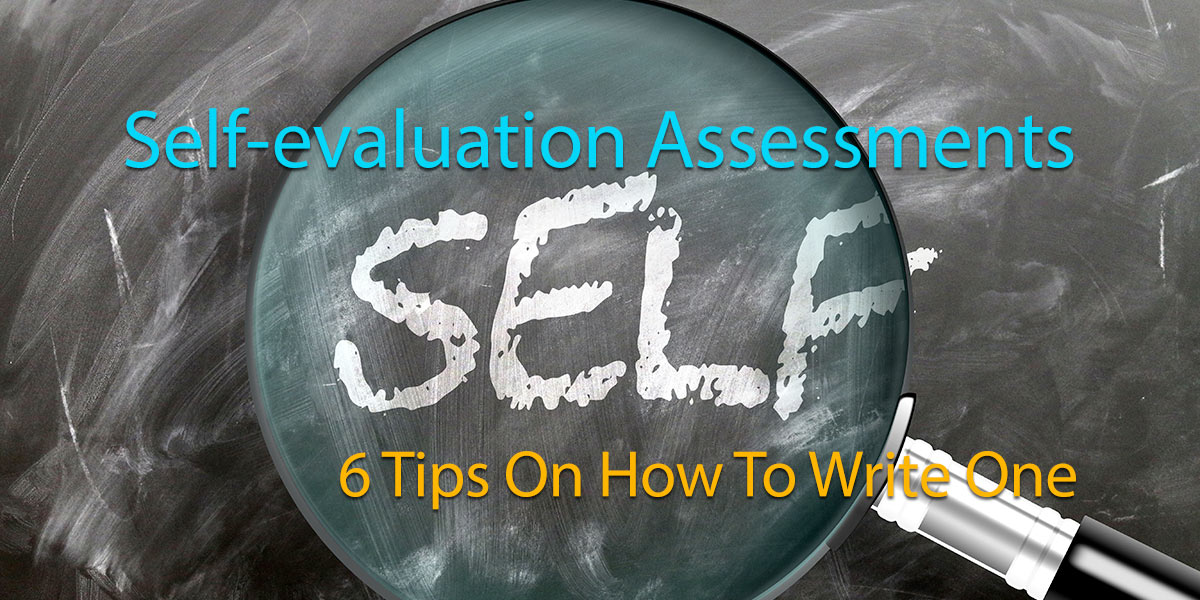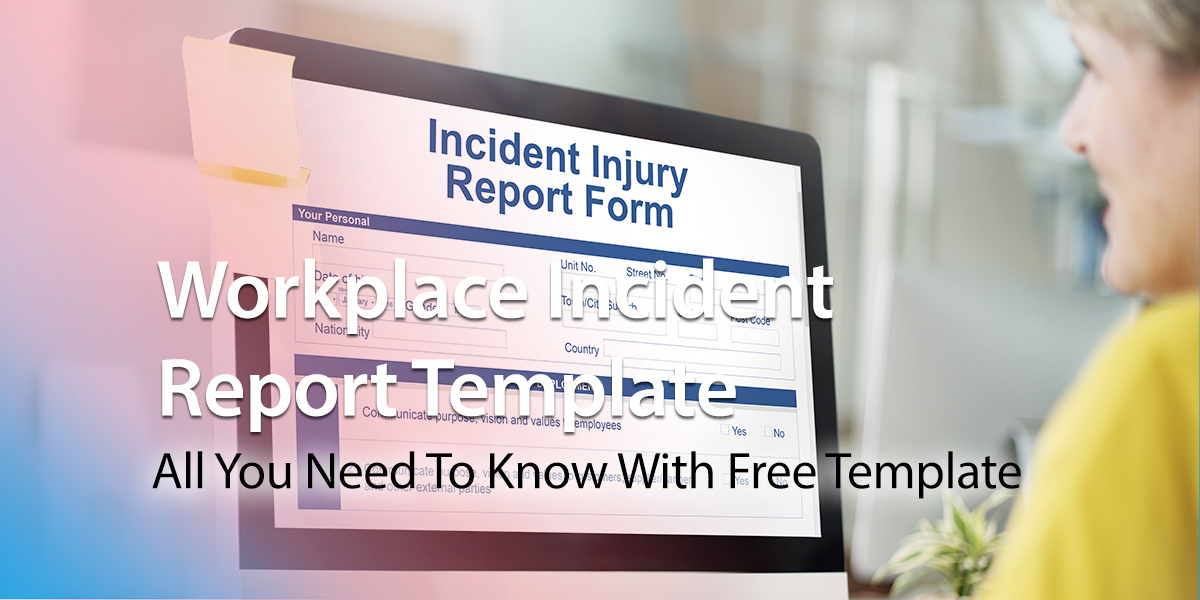If you thought bullying was confined to the playground, it’s time to think again. Described as an office cancer by some commentators, incidents of workplace bullying are increasing, creating a toxic work environment. According to data from the Workplace Bullying Institute, 76.3 million US workers are affected. That’s an alarming 30 percent of the working population.
Every responsible employer has a duty to protect employees and promote a safe working environment. Workplace bullying takes a heavy toll on victims. The emotional stress of abusive conduct impacts the person’s mental health, and job performance. Furthermore, abusive behavior has a negative impact on the entire team, creating a hostile work environment for all employees.
However, bullying behaviors can be hard to spot. It often takes place behind closed doors, out of the earshot of co-workers or managers. Sometimes, workplace bullies are subtle rather than overt. And bullying behavior can escalate over time, so victims may not even be aware they are being targeted.
Taking steps to prevent workplace bullying can be challenging. Today’s post will help you identify signs of workplace bullying. We share some strategies to help employers support those experiencing bullying. And we explore steps employers and employees can take to deal with workplace bullies.
Ready to dive in? Let’s get started by exploring what we mean by workplace bullying.
What Is Bullying?
Bullying in the workplace is the persistent mistreatment of an employee by one or more workers. Bullying can be physical, verbal, psychological, or social. Those who are bullied at work can experience increased stress and emotional or physical harm. It undermines an employee’s self-worth, making them feel powerless. Ultimately, bullying impacts the victim’s performance of their work duties.
It’s essential to recognize that any worker, including managers, can be bullied at work. Bullies could be co-workers, bosses, or even customers. Bullying can take place face-to-face, or it can also occur online on social media, instant messaging, or email.
In most cases, bullying in the workplace is not illegal. However, allowing it to flourish has many unwanted impacts. It can affect team morale and productivity. And bullying leads to high absenteeism and employee turnover, affecting your employer brand.
How To Identify Workplace Harassment And Bullying
So, how do you know if you or a colleague are being bullied? Bullying takes many forms. Here are the seven red flag signs of workplace bullying to watch out for:
- Verbal abuse
- Persistent criticism
- Isolation
- Excessive monitoring or unreasonable workload
- Sabotage
- Physical threats and intimidation
- Cyberbullying
Let’s take a close look at each.
1. Verbal Abuse
Name-calling, insults, snide remarks, or using offensive language are examples of verbal abuse. Light-hearted teasing is one thing, but when it crosses over into making fun of you, that’s also a form of bullying. Furthermore, a workplace bully may spread rumors or gossip to other employees about the victim.
2. Persistent Criticism
Feedback and criticism are part of everyday work. Usually, it’s framed as a positive learning experience. However, persistent and destructive criticism is something different. Workplace bullies may belittle or berate your work, ideas, or efforts in front of other employees.
3. Isolation
A person bullied at work may find themselves excluded from meetings or social events. Co-workers may ‘forget’ to invite the victim along. Or the bully may start canceling meetings involving the victim. Isolation can mean the victim is ignored by bullies and not included in workplace banter. Victims may also be on the receiving end of unfair treatment. And they may even be overlooked for promotions or other opportunities.
4. Excessive Monitoring Or Unreasonable Workload
Excessive monitoring is one of the subtle signs of workplace bullying. Micromanaging every task, excessively scrutinizing your work, or constantly changing expectations are signs of bullying. Another less obvious sign is giving too much work to someone or imposing unrealistic expectations and demands.
5. Sabotage
Some bullies deliberately set out to undermine victims’ work. Sabotage takes many forms. Bullies may withhold crucial information, spread rumors, or deliberately set the person up to fail in their job.
6. Physical Threats And Intimidation
Physical abuse includes actual or threatened assault or damage to property. Intimidation, aggressive behavior, and unwanted sexual advances also come under this category. Physical violence in the workplace is thankfully rare. However, the physical symptoms to watch out for include cuts, bruises, or broken bones. The impact on mental health is less obvious but just as severe and includes anxiety and depression.
7. Cyberbullying
Workplace bullying isn’t confined to brick-and-mortar buildings. The anonymity of the online world makes it easier for the workplace bully to target co-workers. For example, an employee could be the subject of hateful social media comments. Or they may be on the end of harassment by email or text messages.
Situations will vary. Some incidents of workplace bullying may include all or just some of the red flags we’ve identified. Remember, bullying is a persistent pattern of behavior that causes harm to the targeted person.
Why Employers Should Recognize The Signs Of Bullying In The Workplace
Workplace bullying has a range of negative impacts, not just on the person on the receiving end. The whole team suffers the fallout of a hostile work environment. And this hits businesses where it counts most – productivity and the bottom line.
Here are the top reasons why employers should identify bullying and take action to stamp it out. Recognizing the early warning signs allows employers to act promptly and prevent bullying from infecting the workforce.
Employee Wellbeing
Workplace bullying significantly impacts the physical and mental health of employees. And it’s not just the victim that’s affected. The whole team suffers.
Productivity And Performance
Bullying creates a hostile workplace, decreasing productivity, poor performance, and low morale. And that’s bad news for the bottom line.
Employee Retention And Turnover
An employee who is bullied at work is more likely to leave their job. Furthermore, the toxic environment will also see other workers walk out the door, leading to high turnover rates.
Legal Risks And Reputational Damage
Ignoring workplace bullying exposes the employer to legal risks – more on that later. And it can also damage your employer brand and relationships with investors, stakeholders, and, ultimately, customers.
Company Culture
All that hard work you’ve invested in creating a company culture based on trust, respect, and collaboration will be underdone if bullying at work takes root.
Preventing Escalation
If left unchecked, what started as low-key bullying can quickly escalate to conflicts or even violence. Furthermore, if one bully gets away with it, others may creep out of the woodwork.
Employee Engagement
Workers who feel valued and respected are more engaged at work. And thanks to Gallup, we all know the profound impact strong engagement has on business outcomes. Allowing bullying to fester undermines that sense of value and respect that’s vital to employee engagement.
When Is Workplace Bullying Illegal?
As we’ve seen, workplace bullying is not illegal. In the US, however, bullying is illegal when it violates federal or state laws prohibiting discrimination and harassment in the workplace. If employees are bullied at work because of their race, gender, color, sex, sexual orientation, national origin, religion, disability, or medical condition, they may have a claim for unlawful discrimination.
Employers must not discriminate against employees based on the protected characteristics we outlined above. If these characteristics are the reason for the bullying, then the victim can file a discrimination charge and seek compensation.
What Can Employers Do About Workplace Bullying?
Tackling bullying behavior in the workplace may be challenging, but it’s an issue you can’t ignore. The impacts on the individual, co-workers, and the entire workplace are too great. Furthermore, employers have a responsibility to recognize bullying and create a safe and respectful work environment.
Here are the actions you can take to address workplace bullying effectively.
Develop A Workplace Harassment And Bullying Policy
The company’s policies should make clear your anti-bullying stance. Developing an anti-bullying policy is the first step. Involve the human resources department in drafting a comprehensive, company-wide code. Define bullying behaviors, outline the consequences for bullies, and describe the process for reporting incidents. Finally, include the policy in the employee handbook so all workers are aware. MyHub has developed a free downloadable template to help you get started.
Establish Reporting Processes
Create a confidential and secure reporting mechanism for incidents of bullying. Assure victims and co-workers witnessing bullying that they can make complaints without fear of retaliation. And be sure to investigate all reports promptly and take immediate and appropriate action against bullies.
Provide Training
Offer training programs to employees and managers to raise awareness of bullying at work. Training should cover the indicators of bullying in the workplace, reporting procedures, and conflict resolution strategies. Training for supervisors should also include advice on when to intervene and how to handle complaints effectively.
Support Victims
Ensure those who are bullied at work receive the support they need, such as access to a mental health professional or occupational health services. Consider offering flexible or remote working arrangements, giving them time and space while the issue is addressed. Regularly check in with the victim even after the bullying has been resolved and continue to offer appropriate help and support.
Monitor And Evaluate
The human resources department should log all bullying complaints and monitor trends. Share the data with senior management so proactive action can be taken to deal with emerging issues. Furthermore, continually assess the workplace environment through employee surveys, exit interviews, and feedback mechanisms. That way, you’ll stay on top of bullying before it takes hold.
What Can I Do To Protect Myself From Workplace Bullying?
Distressing and stressful, dealing with a workplace bully is never easy. However, there are steps you can take to protect yourself from bullies, including the following:
Know Your Rights
Consult the employee handbook and familiarize yourself with the company’s policy on bullying.
Document Everything
Keep a detailed record of all incidents, including dates, times, locations, and any witnesses.
Confide In Someone
Talk to a trusted colleague, friend, or family member about your experiences. The emotional support will help you cope with the stress and isolation that often comes with bullying.
Confront The Bully
Try not to be an easy target. If you feel comfortable, assertively but calmly confront the bully and ask them to stop. Sometimes, standing up for yourself is enough to get the bully to back off.
Report The Bullying
If the problem persists, follow the organization’s reporting processes and complain. Be sure to include your log of incidents.
Prioritize Your Wellbeing
Look after your mental wellbeing. Strengthen your relationships with supportive colleagues and build a support network. Consider counseling or therapy to help you handle the stress. And focus on self-care. Spend time doing the things you enjoy, from hanging out with family and friends to hobbies and exercise.
Know When To Escalate
Consider taking things further if your initial report does not result in action. Contact senior management or union representatives if appropriate. And consult a lawyer if the bullying behavior is illegal.
Consider Changing Departments Or Employers
If the bullying continues and your employer is not doing enough, consider moving to another department or changing jobs altogether. Your wellbeing is what’s important here. And you need to do whatever is necessary.
Workplace Bullying: Main Takeaways
Our comprehensive guide has identified the seven signs of workplace bullying and strategies to help you tackle the problem. And if you are being bullied at work, use our tips and advice to deal with it head-on.
In one survey, 94 percent of respondents said they had experienced workplace bullying. We can all agree that bullying is wrong on a human level. However, the costs to organizations in lost productivity, poor performance, and high turnover cannot be ignored. Employers can no longer stick their heads in the sand.
Additional Resources
Harvard Business Review: Bullying Manifests at Work — and How to Stop It
Workplace Violence – Occupational Safety And Health Administration
Workplace Harassment And Bullying Policy – Free Template
About MyHub
We are a leading intranet software provider. Our easy-to-use platforms helps businesses connect, collaborate, and communicate. Find out more with a free demo or 14-day trial. And subscribe to our blog for more insightful discussions of today’s hot topics.











0 Comments